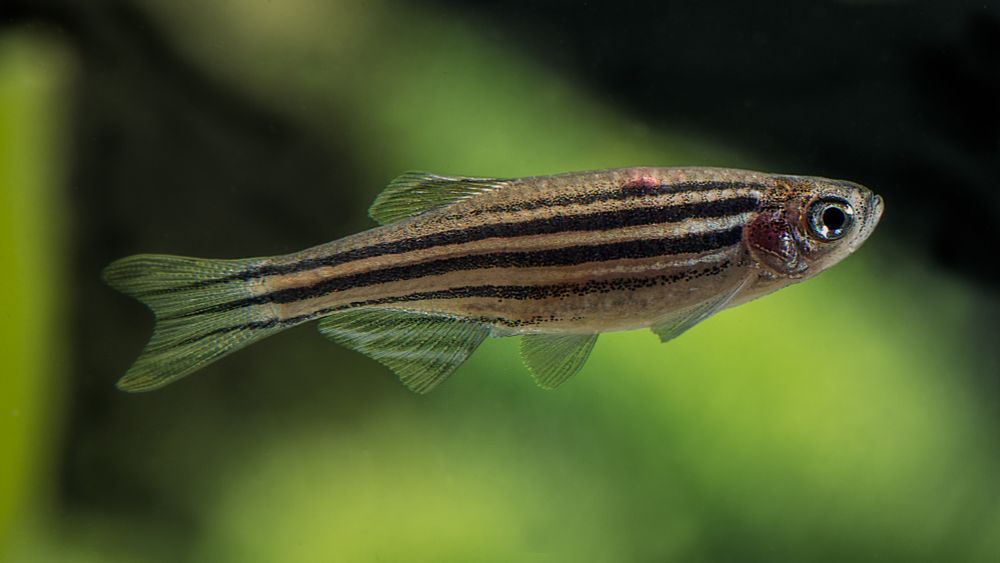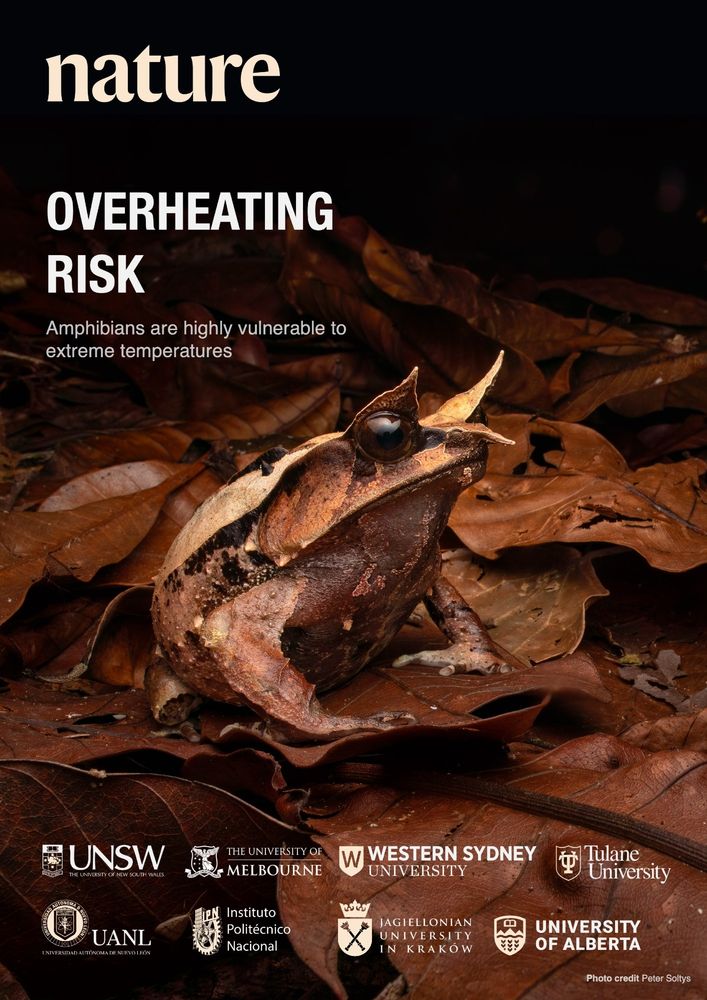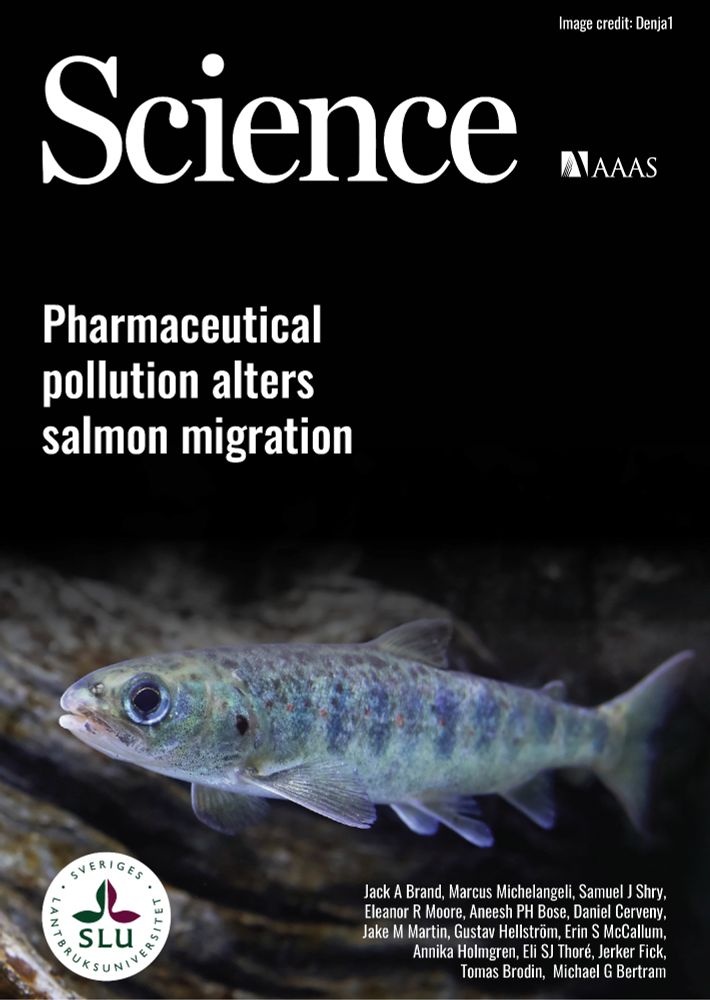
Research from the Road Salt Project ( www.theroadsaltproject.com ) has shown that the levels of road salt found in streams can harm developing rainbow trout.
Read more: www.sciencedirect.com/science/arti...

Research from the Road Salt Project ( www.theroadsaltproject.com ) has shown that the levels of road salt found in streams can harm developing rainbow trout.
Read more: www.sciencedirect.com/science/arti...
Paper: tinyurl.com/lab-to-field
Data/code: osf.io/h6cde/




never stops advocating for you! Take a look at just a fraction of some of the team's current efforts:
#EndoSky
endocrinenews.endocrine.org/may-2025-end...

never stops advocating for you! Take a look at just a fraction of some of the team's current efforts:
#EndoSky
endocrinenews.endocrine.org/may-2025-end...
@natclimate.nature.com led by Anna Andreassen
@annahandreassen.bsky.social
www.nature.com/articles/s41...
🧪🐟🦑


@natclimate.nature.com led by Anna Andreassen
@annahandreassen.bsky.social
www.nature.com/articles/s41...
🧪🐟🦑
@natclimate.nature.com led by Anna Andreassen
@annahandreassen.bsky.social
www.nature.com/articles/s41...
🧪🐟🦑


📜 Read the #Research here: physoc.onlinelibrary.wiley.com/doi/10.1113/...

📜 Read the #Research here: physoc.onlinelibrary.wiley.com/doi/10.1113/...

Paper: www.nature.com/articles/s41...

Paper: www.nature.com/articles/s41...
Pharmaceutical pollution at environmentally realistic levels alters behaviour and migration in Atlantic salmon, directly affecting survival
👉 science.org/doi/10.1126/...

Pharmaceutical pollution at environmentally realistic levels alters behaviour and migration in Atlantic salmon, directly affecting survival
👉 science.org/doi/10.1126/...
Clobazam, a common anxiety drug in waterways, accumulates in salmon brains - altering behaviour and boosting river-to-sea migration success.
🔗 doi.org/10.1126/scie...
#SciComm #Pollution 🧪

Clobazam, a common anxiety drug in waterways, accumulates in salmon brains - altering behaviour and boosting river-to-sea migration success.
🔗 doi.org/10.1126/scie...
#SciComm #Pollution 🧪
Join us for a 30-minute information session to learn about key policy conversations affecting science and research in Canada. With a federal election approaching, it’s more important than ever to understand what’s at stake.

Join us for a 30-minute information session to learn about key policy conversations affecting science and research in Canada. With a federal election approaching, it’s more important than ever to understand what’s at stake.




